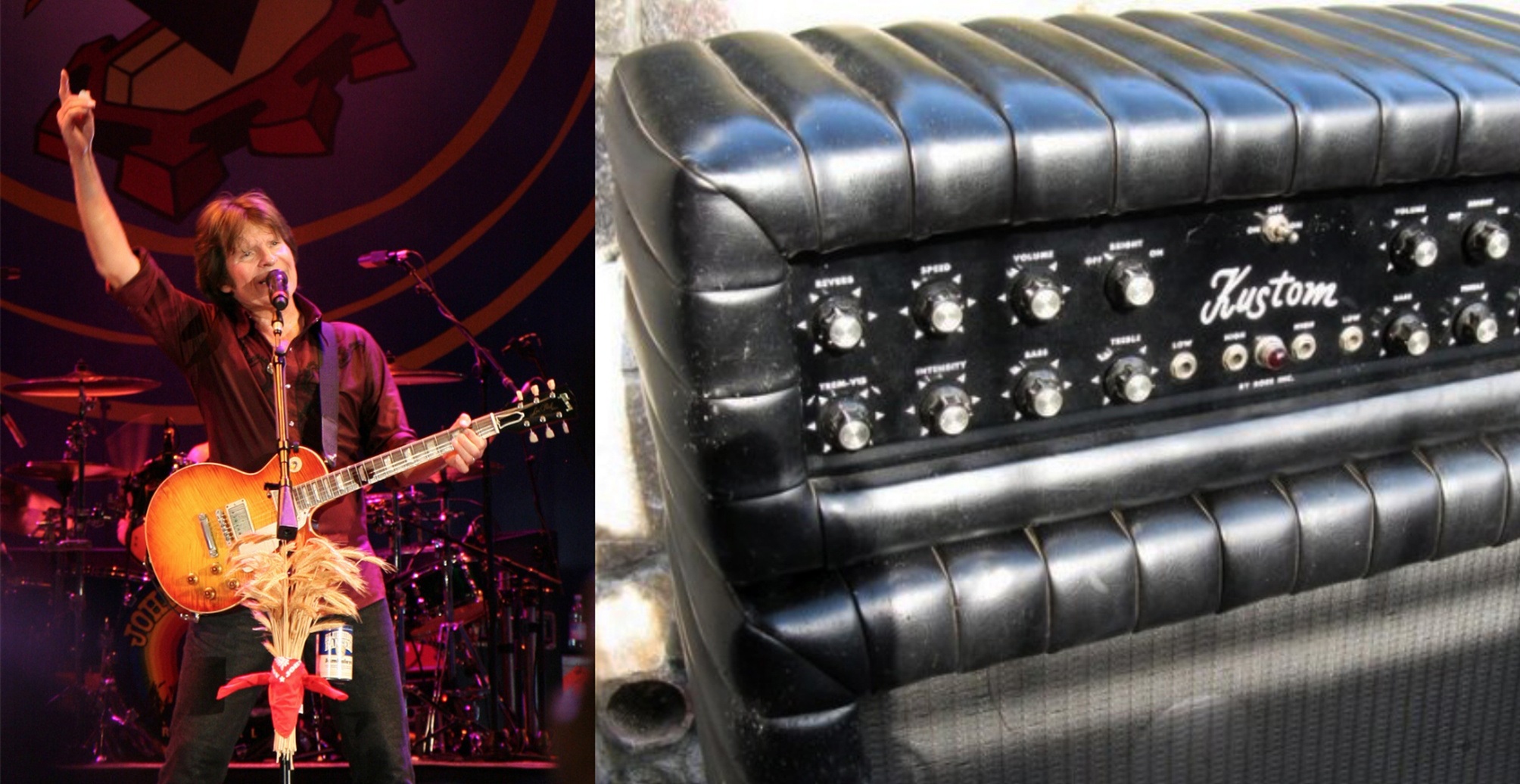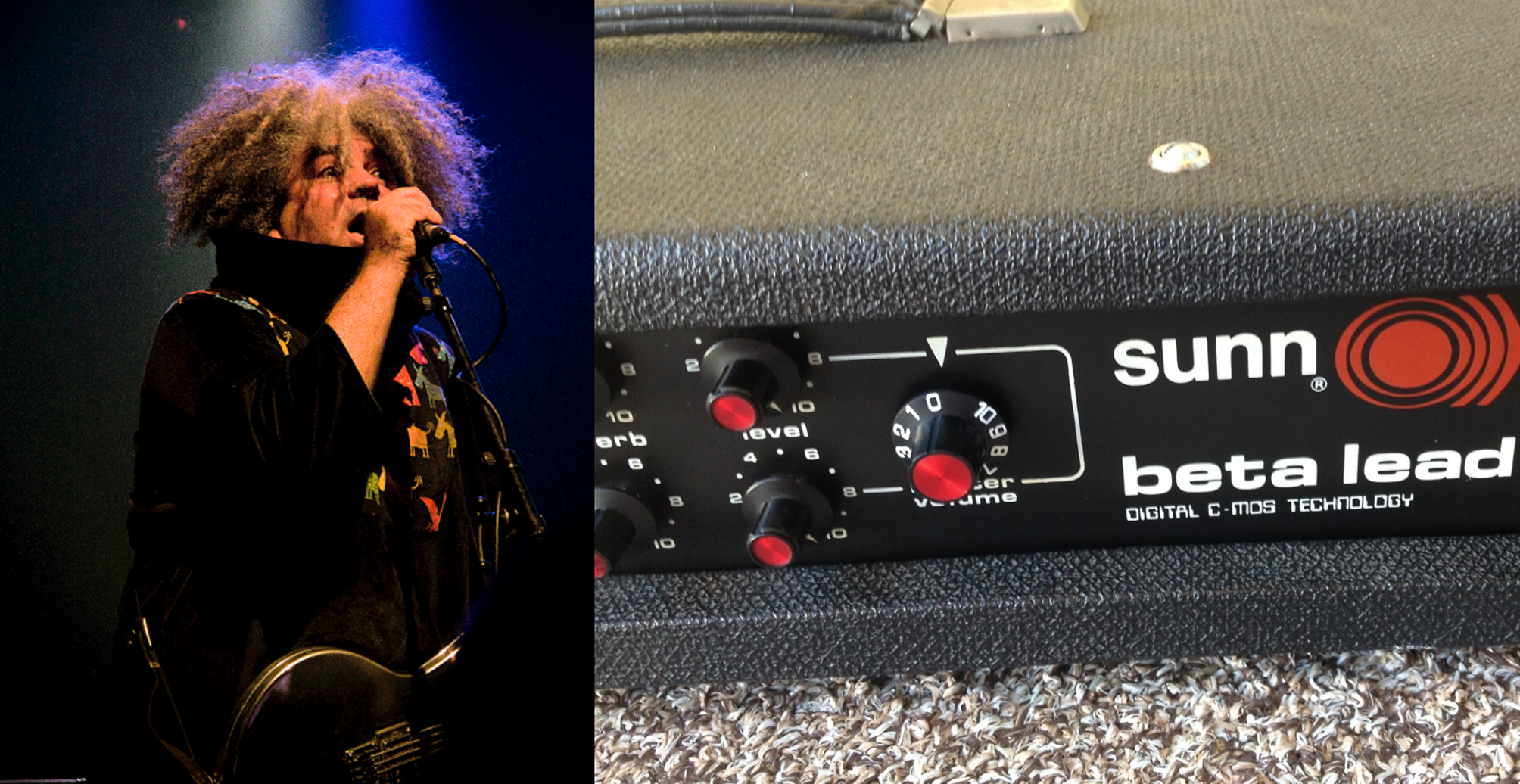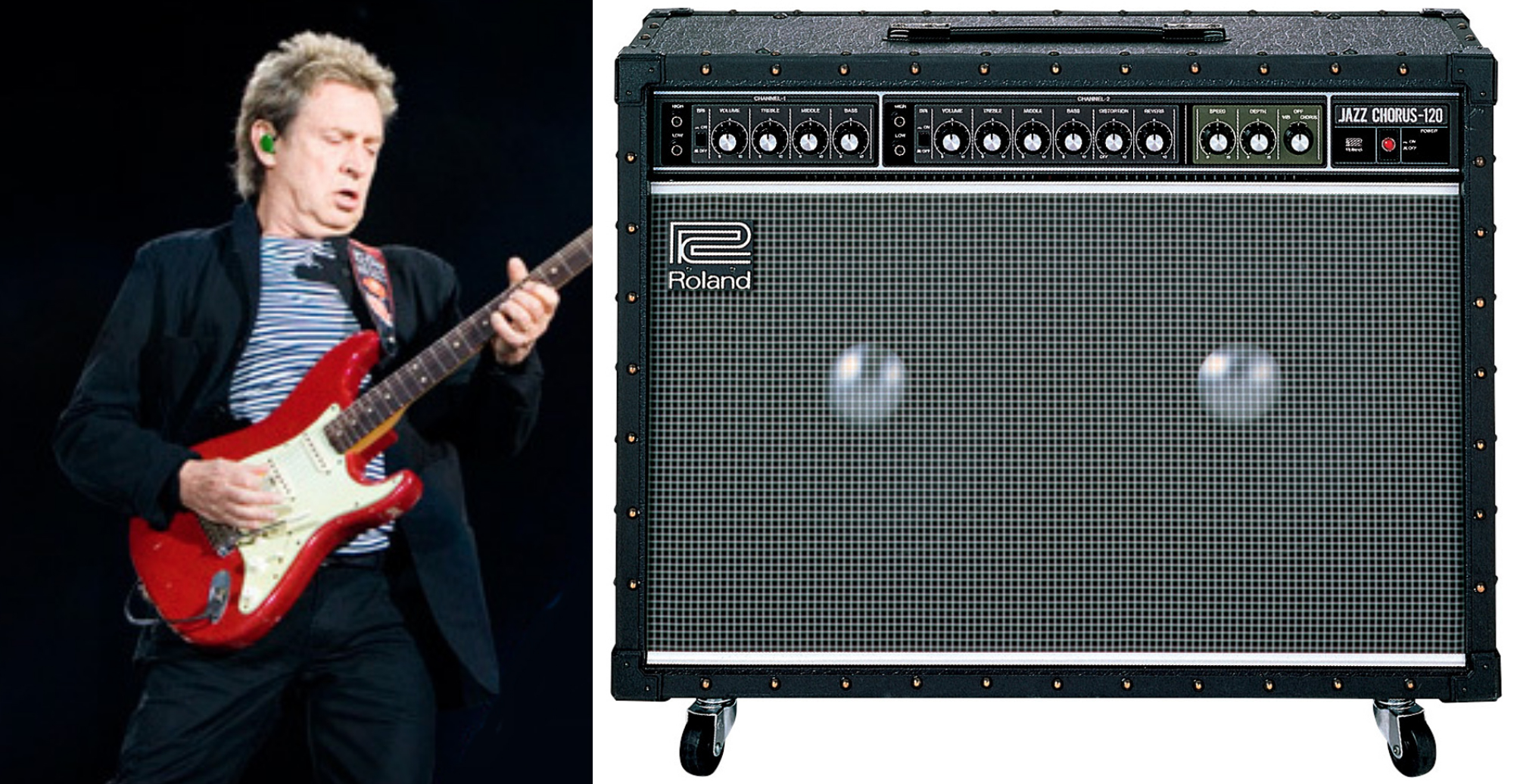It might surprise you to know how many famous guitar tones were created using the complex, harmonically rich sound of warm transistors. This dirty little solid-state secret isn't often mentioned in polite circles of guitar society, perhaps because it stands in direct opposition to the dominant lore of the electric guitar, where hot tubes are the only source of tone worth considering, and solid-state amps are only acceptable for beginners and bedroom practice sessions. History refutes this misguided line of thinking, however, with a not insubstantial number of iconic guitar tones emanating from inglorious, humble workhorses made by Kustom, Sunn, Fender, Roland, and other manufacturers of reliable, toneful vintage solid-state technology.
Of course, modern solid-state amps are, on the whole, much better than the solid-state amps of decades past. There were some terrible specimens back in the day, which is one of the sources of the bad reputation transistor amps have among guitarists. The other source is a fundamental misunderstanding of how solid-state amplification functions, and how it is different from tube-based circuitry. The crux of this issue is that tubes sound better when being punished and overloaded, while with transistor amps (especially the old ones), care must be taken to maintain clean headroom and stay within recommended operating parameters. Guitarists who understood this concept inevitably were much more successful at getting good tones out of these amps. Later solid-state models were less touchy, as amp engineers had sorted out what guitarists accustomed to tube amps wanted from an amplifier, and designed them with this in mind. By this time, though, transistor-based amps were already being spoken of with disdain in serious guitar circles, so players that chose to use them were typically doing so because they were poor, contrarian, or just plain eccentric. This kind of willingness to go against the grain is just the kind of attitude that is often necessary to create great art, though, and with it, great guitar tones. Here are a few prime examples of legendary, iconoclastic artists and the solid-state amplifiers they used to create their signature tones.
Jonny Greenwood and his Fender Eighty-Five

Switching between a solid-state amp for glistening clean tones, and a tube amp for raw overdriven sounds is a pretty standard tactic among guitarists. Radiohead's Jonny Greenwood subverted this paradigm very early on in his career, however, using Fender Twin or Vox AC30 variants for his clean tone, and switching to his trusty Fender Eighty-Five solid-state combo (driven by a Marshall Shredmaster distortion pedal) for ragged, aggressive dirt sounds. The Eighty-Five is an 85-watt 1x12 combo from Fender's "red knob" era in the ‘80s, which Greenwood obtained before Radiohead was formed, and used exclusively for several years. By the time of The Bends, his setup was a Fender Twin for cleans and the Shredmaster-Eighty-Five combo for distorted sounds, though around the time of OK Computer he had replaced the Twin with a Vox AC30. The venerable Eighty-Five has never lost its place in his main rig, though, and is responsible for most of the fat, yet edgy, tones Greenwood recorded for Radiohead's groundbreaking albums.
John Fogerty and his Kustom Amps

John Fogerty is unassailable as a guitarist and songwriter. I will enthusiastically duel anyone who says anything to the contrary. "Born on the Bayou," "Susie Q," the jammed-out version of "I Heard It Through the Grapevine," and many, many more Creedence Clearwater Revival classics were recorded using Kustom solid-state amps, including an A4 early on, and later, an unspecified model that featured built-in fuzz. Fogerty began using a Rickenbacker guitar through a Kustom in an attempt to approximate the sound of the British Invasion bands, which were using Rickenbackers into Vox amps, as he felt that the Kustom had a "chimey" kind of tone similar to the Voxes. After discovering Jimmy Page and Jeff Beck, Fogerty adopted the Les Paul as his main guitar, but instead of switching to a Marshall amp like his British contemporaries, Fogerty stuck with Kustom, moving up to a model that incorporated an onboard fuzz circuit, in addition to a delicious on-board tremolo. Kicking on the fuzz and flicking his pickup selector to the neck pickup of his LP resulted in the warm, liquid sting heard on "...Grapevine" and other CCR tunes from that era.
Josh Homme and his Tube Works RT-2100-ES MosValve

Many guitarists have started their careers with a solid-state amp, moving up to a tube amp as they gained experience and income. Josh Homme did the opposite, at least as far as his career playing guitar in Kyuss is concerned. Kyuss's earlier records were committed to oxide using a unique rig that consisted mainly of a Marshall JCM900 atop an Ampeg 8x12 bass cab. At some point after Blues for the Red Sun, Homme jettisoned the very commonplace Marshall in search of a more distinctive signature tone, adopting instead, a pair of Tube Works RT-2100-ES MosValve heads. Despite the name, these amps were primarily solid-state, with a hefty transistor-based power section and a tiny 12AX7 or two to drive the preamp. Homme's tone during this period is monstrous, with Kyuss's highly underrated ...And the Circus Leaves Town providing sufficient evidence that these solid-state heads can produce a mighty sonic bludgeoning.
Buzz Osborne and his Sunn Beta Lead

No single guitarist has exacted such a clear, powerful influence on the state of modern heavy music as Buzz Osborne of The Melvins. His sound, technique, gear choices, and even his vocal stylings, have paved the way for the slow, low, and heavy sounds of today, and bands from Nirvana and Sunn O))) to Red Fang have cited Buzzo and The Melvins as inspiration. In respect to guitar gear, Buzz's use of Sunn Beta Lead heads has proven particularly influential. Formerly poorly regarded by guitarists who were more familiar with Sunn's top-shelf tube amps, the 100-watt, two-channel Beta Lead has lately become ubiquitous in the rigs of stoner, sludge, and doom bands, and second-hand prices have risen accordingly with its new-found reputation as the ultimate sonic sludge machine. Buzz currently uses a pair of these monsters live (further reinforced by Crown and QSC power amps for extra clean headroom), pushing a pair of custom cabinets featuring several 15-inch speakers and a single 12-incher. With any one of his custom Electrical Guitar Company axes jacked into the input, the resulting sound is unequivocally massive.
Andy Summers and his Roland JC-120

The JC-120 is probably the only solid-state amplifier to have received widespread acclaim from the mainstream guitar community, based mostly on its standard-setting clean tones, and its built-in stereo chorus, which is breathtakingly hypnotic, and has yet to be improved upon by any chorus pedal. The lofty reputation of the JC-120 has been shored up by many influential guitarists, but it is perhaps most closely associated with Andy Summers of The Police. Though most of Summers's early Police work was done with Marshall amps and an Electro-Harmonix Electric Mistress, the Roland JC-120 appeared on the 1983 album Synchronicity, and particularly the song "Every Breath You Take," a tremendously popular tune that many consider to be The Police's signature song. The amp's sparkling, three-dimensional clean tones, enhanced and thickened by the lush stereo chorus, proved to be the perfect complement to Summers's deft, delicate chords and arpeggios.
These are just a few examples of solid-state amps that have made the leap from basements, bedrooms, and punk dives to the international stage. There are many more, and with modern solid-state amps being better now than ever before, the use and reputation of these reliable rock 'n' roll workhorses is sure to grow.

